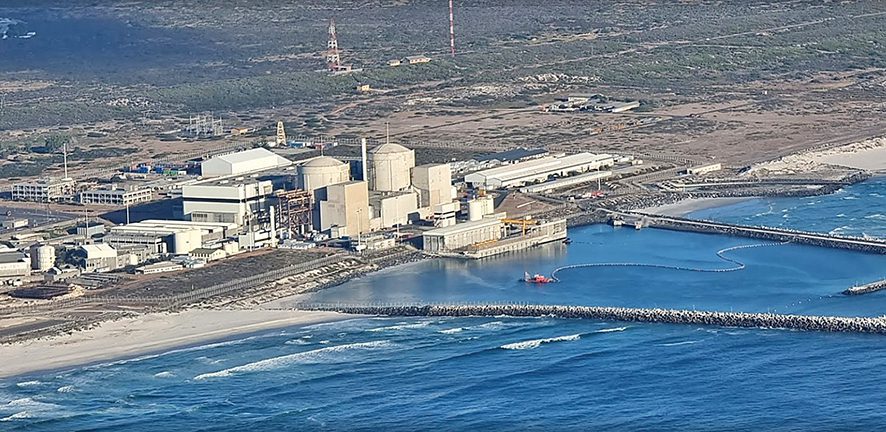The government plans to ring-fence the Koeberg nuclear power plant portfolio within Eskom Enterprises so that generated revenues provide capital for the nuclear new-build programme.
The plan is outlined in the National Infrastructure Plan 2050 (NIP 2050), which was gazetted on Friday.
NIP 2050 is a 25-year plan for critical network infrastructure, with a focus on energy, freight transport, water, and digital infrastructure.
Koeberg, Africa’s only nuclear power station, was connected to the national grid in 1984. Plans are already afoot to extend its operational life for a further 20 years.
“Consideration must be given to ring-fencing Koeberg and pebble bed modular reactor technology to form one generation company for effective implementation of the successful nuclear new-build programme,” NIP 2050 reads.
“South Africa should embrace the global recognition of nuclear as a clean energy source as already acknowledged in the nuclear energy policy of 2008 and the Integrated Resource Plan (IRP) 2019, and take its cue from economies of the world that are already compliant with the Paris Agreement on Climate Change through an aggressive deployment of nuclear (planned or installed).”
In June 2020 South Africa issued a request for information to test the market appetite for the 2 500 megawatts of nuclear energy plan and received positive responses from 25 companies that showed an interest in this programme.
The country was expected to issue a request for proposals for new nuclear capacity this year and complete the procurement process in 2024.
Minister of Mineral Resources and Energy Gwede Mantashe told the National Energy dialogue last month thatnuclear is recognised as a clean energy source.
“We are addressing the suspensive conditions from the National Energy Regulator of South Africa that will enable the department to issue a request for proposals for the 2 500MW of nuclear energy.
“This is in line with decision eight of the IRP, which enjoins us to commence preparations for a nuclear build programme at a pace and scale that the country can afford,” he said.
The Western Cape High Court in 2017 put a stop to former president Jacob Zuma’s plans to procure 9 600MW of extra nuclear power at an alleged cost of R1-trillion. The court found that South Africa’s nuclear cooperation deal with Russia was “unconstitutional and unlawful” given that there was no public participation in the process.
Plans on energy projects
- The Integrated Resource Plan will be extended to 2050. It will be reviewed on a regular basis (at least every two years) to be adapted to new circumstances, while still offering certainty to stakeholders.
- Blended finance models and private participation in energy infrastructure projects will become a prominent source of energy finance.
Water infrastructure
- NIP 2050 says the National Water Resources Infrastructure Agency will be established and functioning in 2023/4, to fix and fund bulk water infrastructure and provide water security.
- The plan also makes room for the National Water Resources strategy to be updated every five years.
- Water tariffs will be regulated by an independent water regulator that will be established in 2022/3 and regulate tariffs by 2023/4.
The blueprint for freight transport
- Private participation and competition will be pursued, starting with ports and rail.
- Six ports of entry will be redeveloped as one-stop border posts by 2025, including Beitbridge, Lebombo, Maseru Bridge, Kopfontein, Oshoek, and Ficksburg.
- The Port Master Plan, National Rail Policy, and the Road Funding Policy will be finalised.
Follow @SundayWorldZA on Twitter and @sundayworldza on Instagram, or like our Facebook Page, Sunday World, by clicking here for the latest breaking news in South Africa. To Subscribe to Sunday World, click here.




